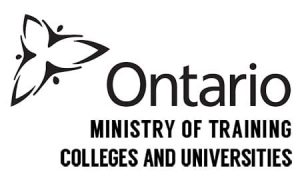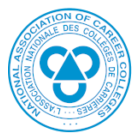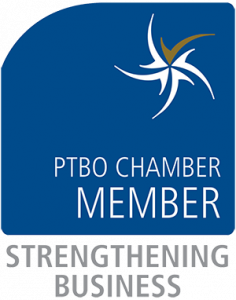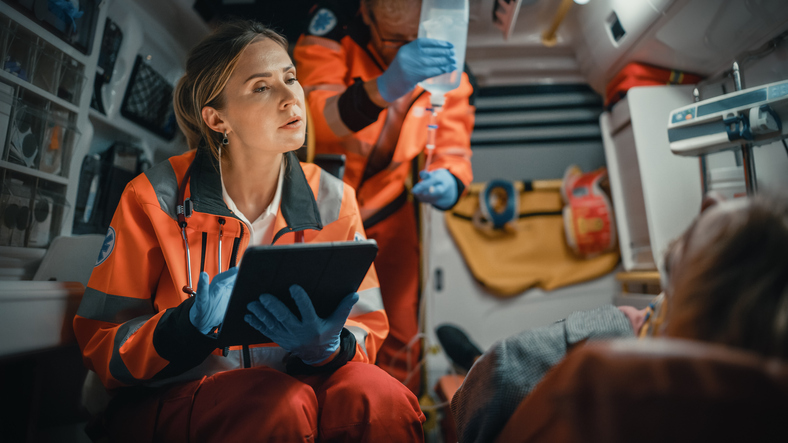
If you’re considering a career as a paramedic, you can expect to become a true hero and a vital contributor to society. We rely on a paramedic’s steady and fast-acting skills in times of medical crisis, which often save lives. Successful paramedics are level-headed emergency problem solvers who provide medical care to sick or injured patients, always thinking on their feet.
Responsibilities of a paramedic also include responding to medical situations, stabilizing the patient, and getting them to the hospital as quickly and safely as possible. Coordination with other medical professionals and hospital staff is a vital part of a paramedic’s role, and is an important part of the documentation of each event. Read on to learn more about what to expect in the process of treatment documentation for paramedics.
Understanding Incident Documentation
Various forms of documentation have been implemented for paramedics to use after incidents over the years. From the outdated CHART protocol (complaint, history, assessment, Rx, treatment) to the NAP documentation (narrative, assessment, plan of treatment), the industry is always looking for the best way to document these medical emergencies for the best end results.
If you’re taking a paramedic course, you should know that the main purpose of documentation is to be used as a medical record. The patient will often need to have health records of past events that may require future treatment or consideration by a healthcare professional. Additionally, the patient care report is used for quality assurance and performance improvement, to make sure each patient is treated in the best way possible.
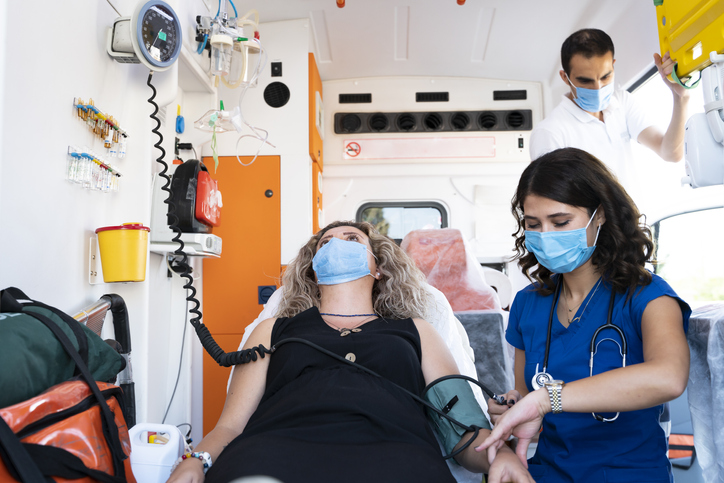
CHEATED Protocol for Documentation
The effective means of documentation that has been adapted from previous forms is the CHEATED protocol. This stands for chief concern/complaint, history, examination, assessment, treatment, evaluation, and disposition.
Each of these categories allows the paramedic to document the incident in its entirety, making it possible for them to include every detail of the situation. A clear plan of treatment becomes available when all of the important questions about the patient have been answered, such as their history of present/past illness, a comprehensive body examination, symptom documentation, and any interventions given.
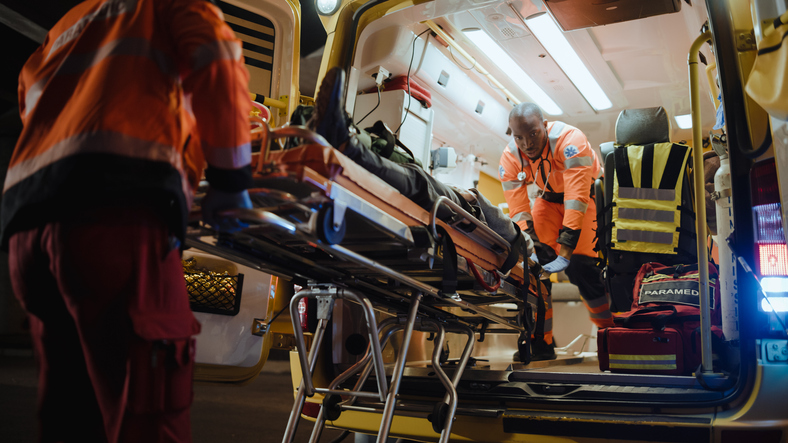
Special Documentation Requirements for Anyone in Paramedic Training
If you come across a situation that requires special documentation, you’ll need to know how to use the CHEATED protocol after your paramedic training. Paramedics may alter the protocol slightly to accommodate for these specific scenarios that may not fit the average protocol.
Special documentation requirements are used in the event of a refusal of medical assistance, hazardous materials operation, multiple casualties, and pregnancy and childbirth. The paramedic can add additional information into the protocol based on the situation at hand to provide a more comprehensive report of what has occurred. With this information laid out in the report the emergency physician can act more quickly and treat the patient accordingly.
Ready to start your paramedic program?
Contact Oxford College to learn more.

